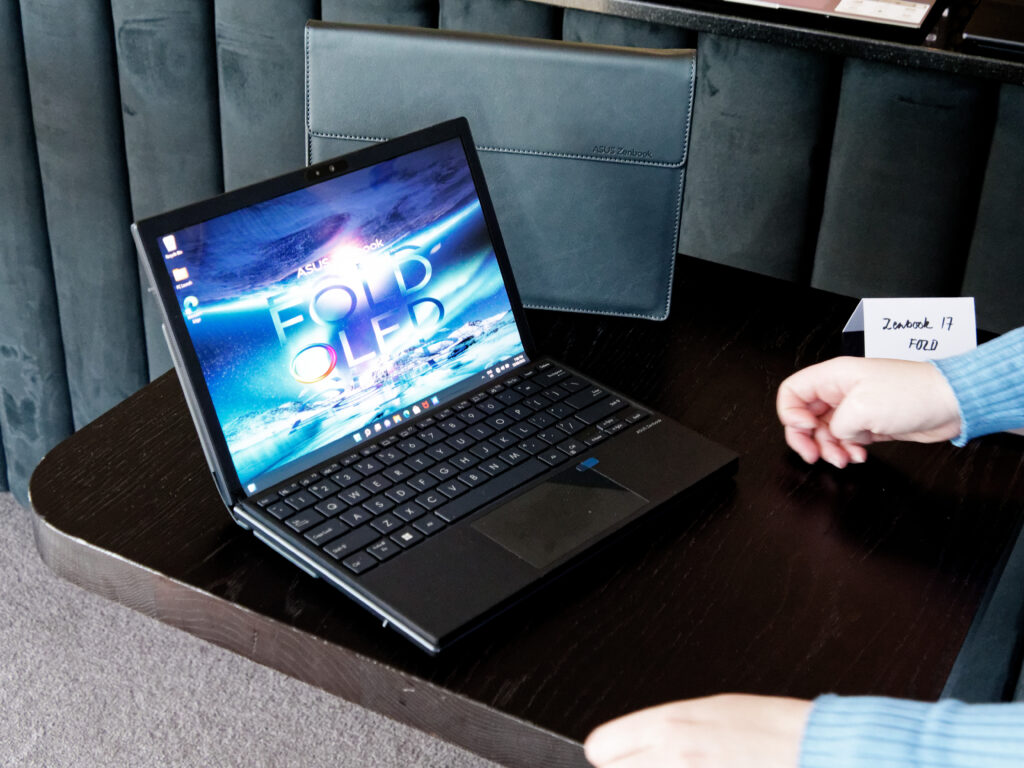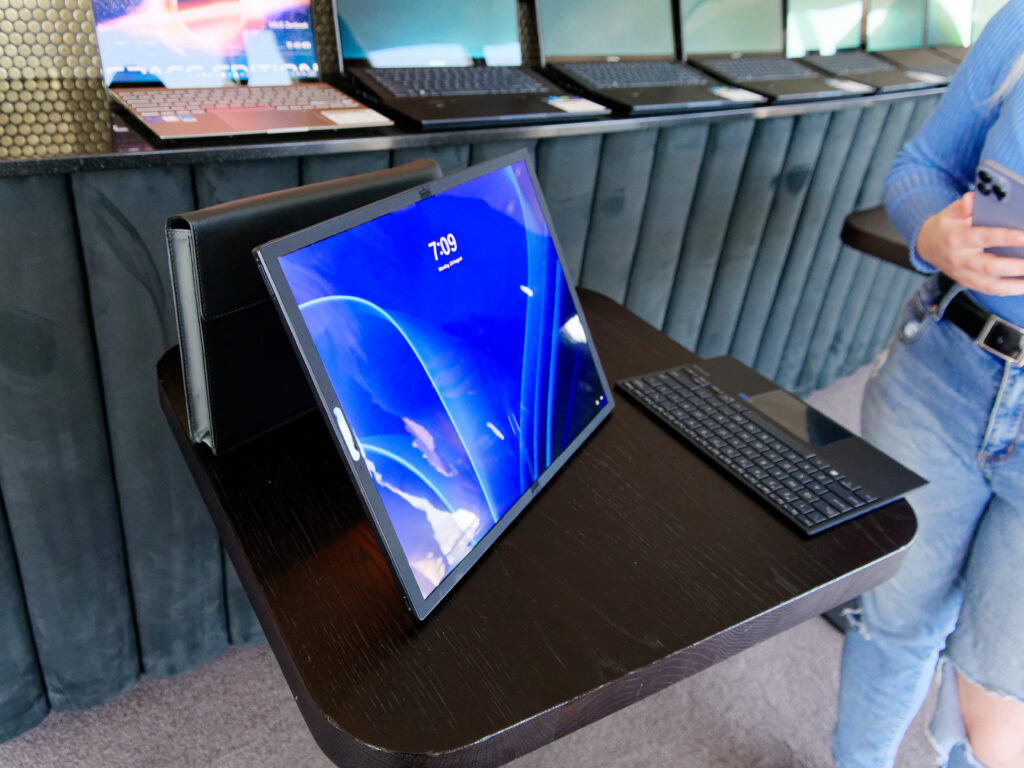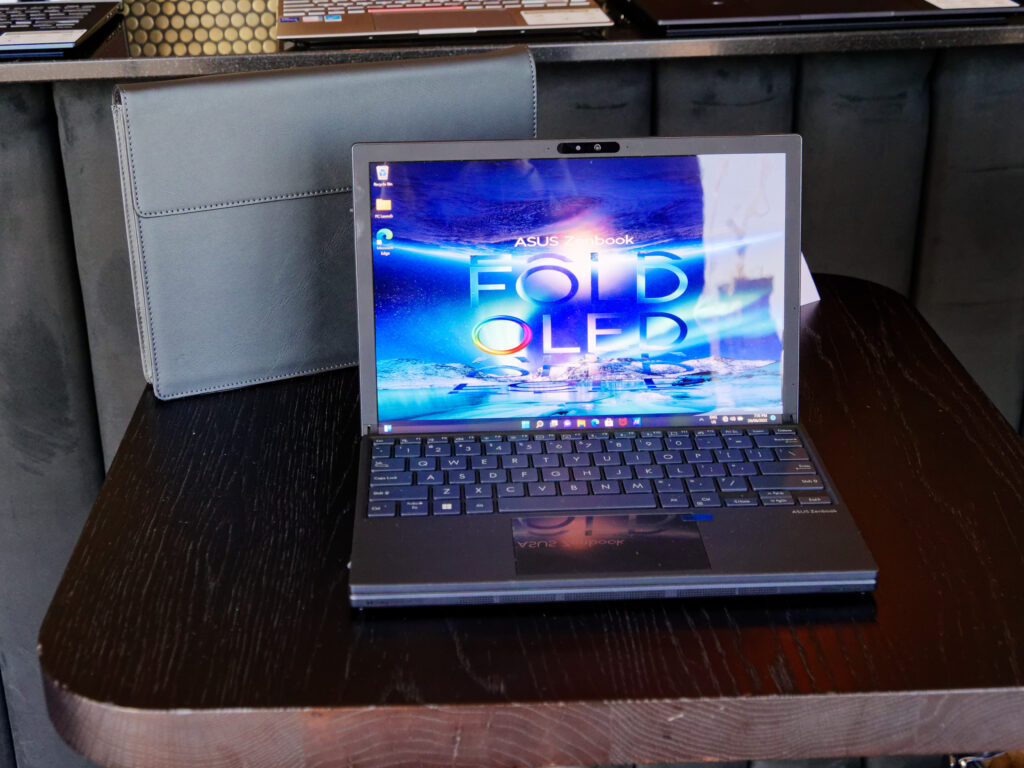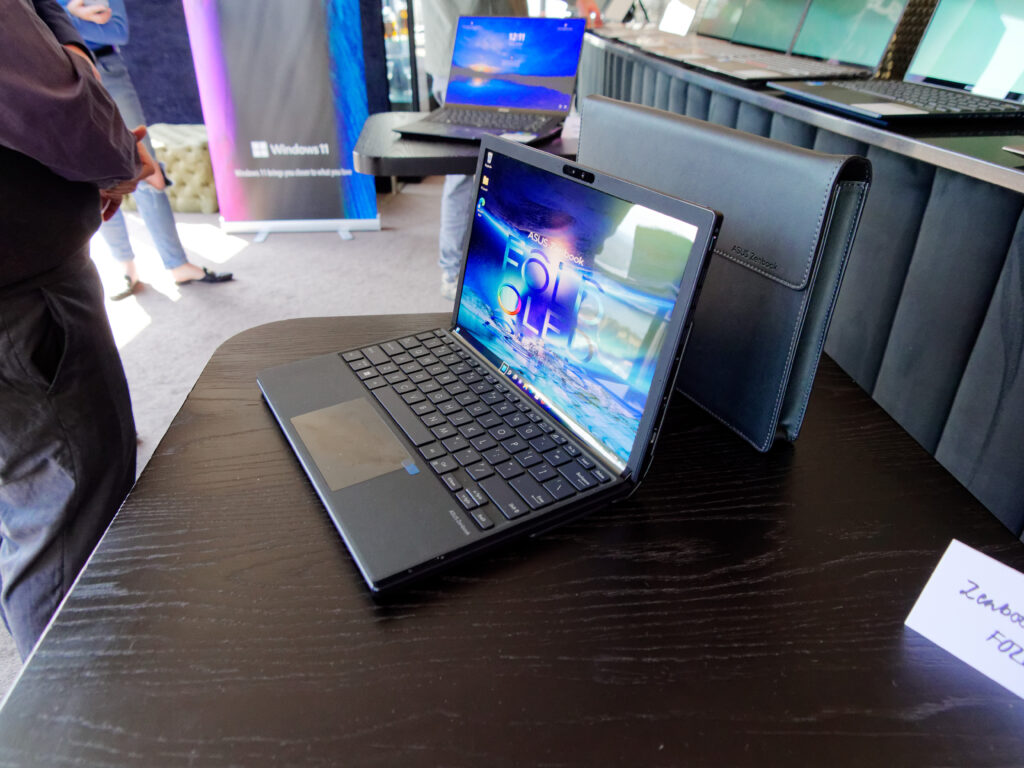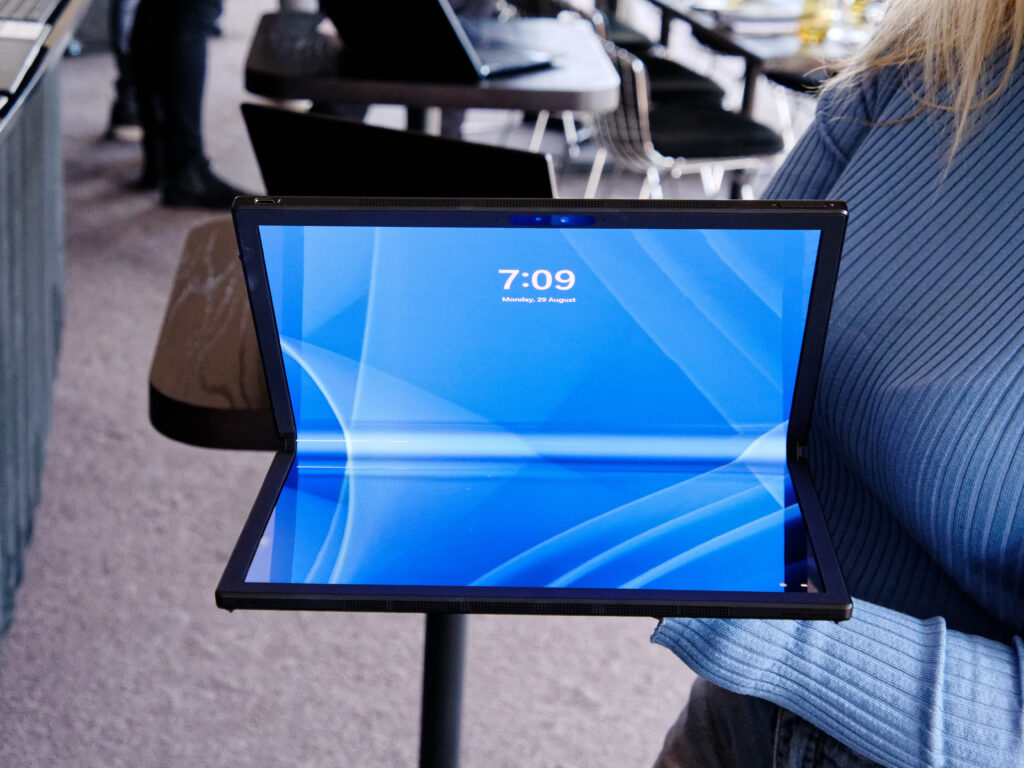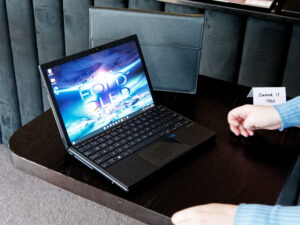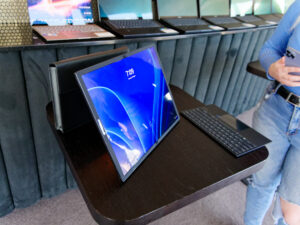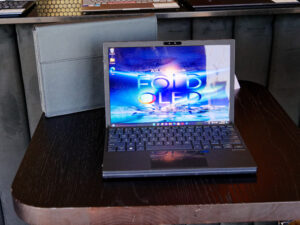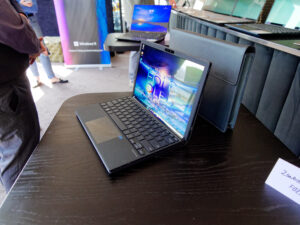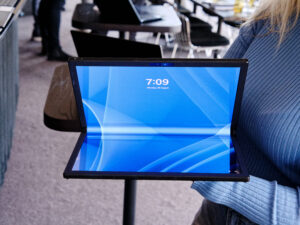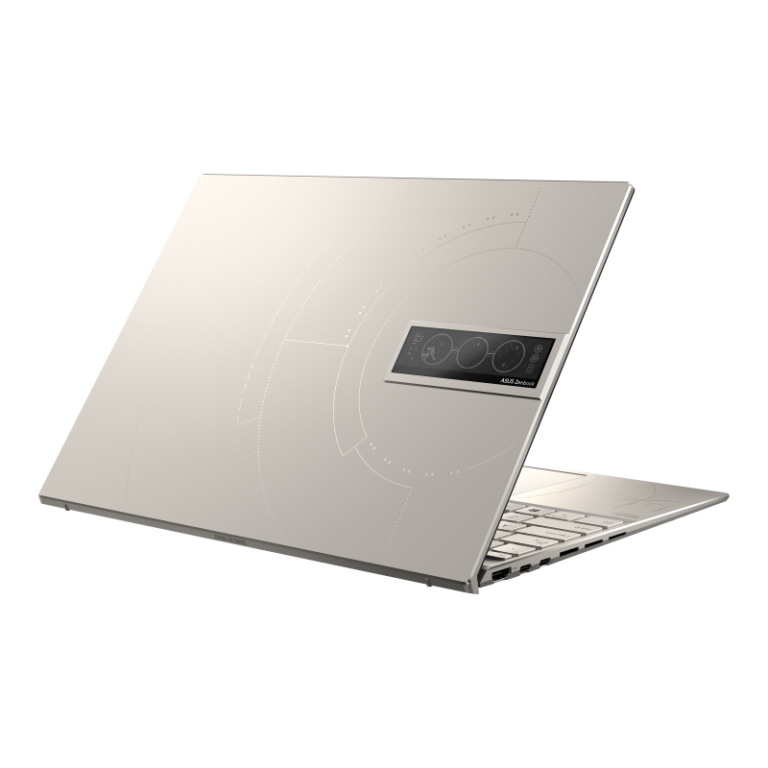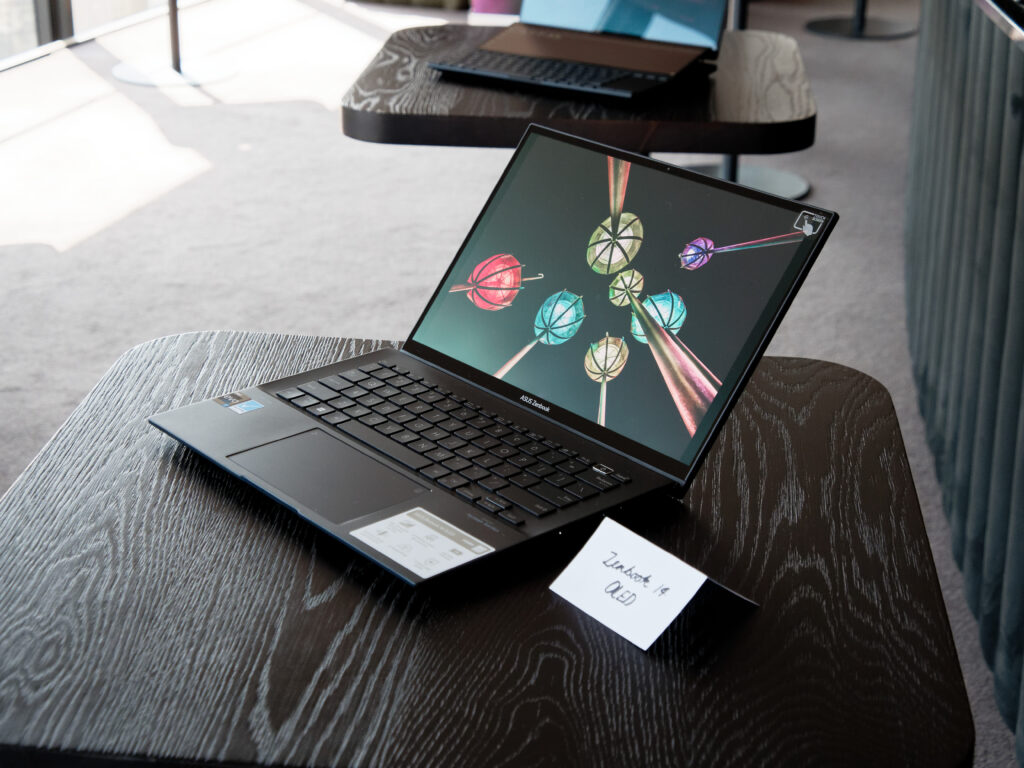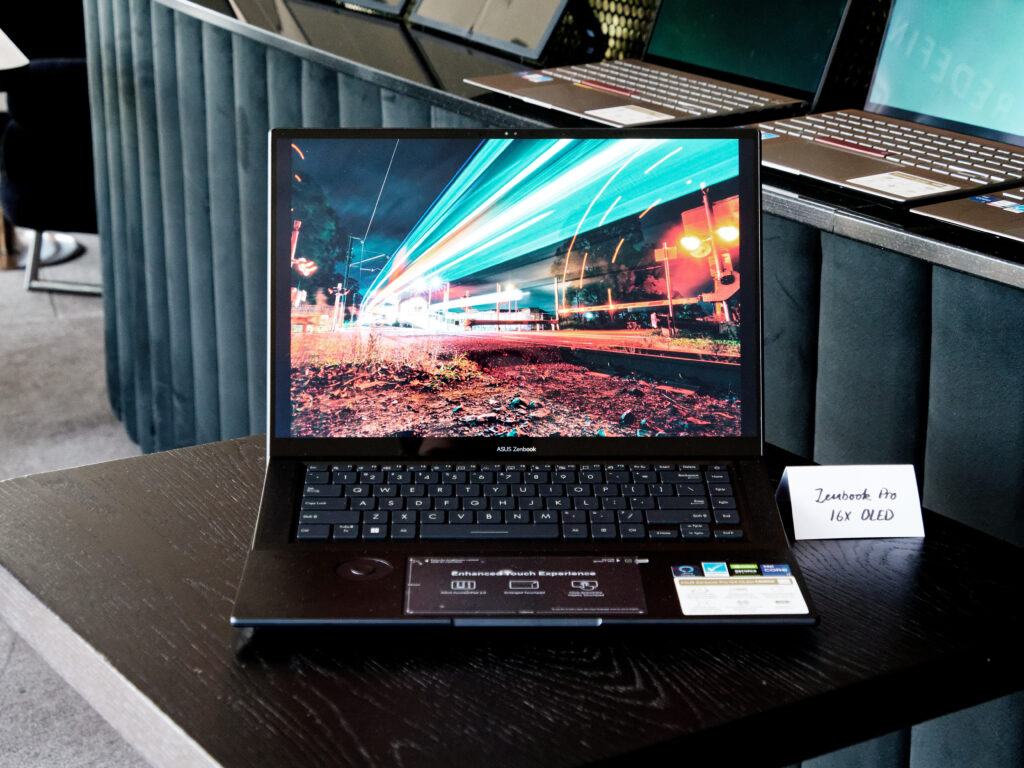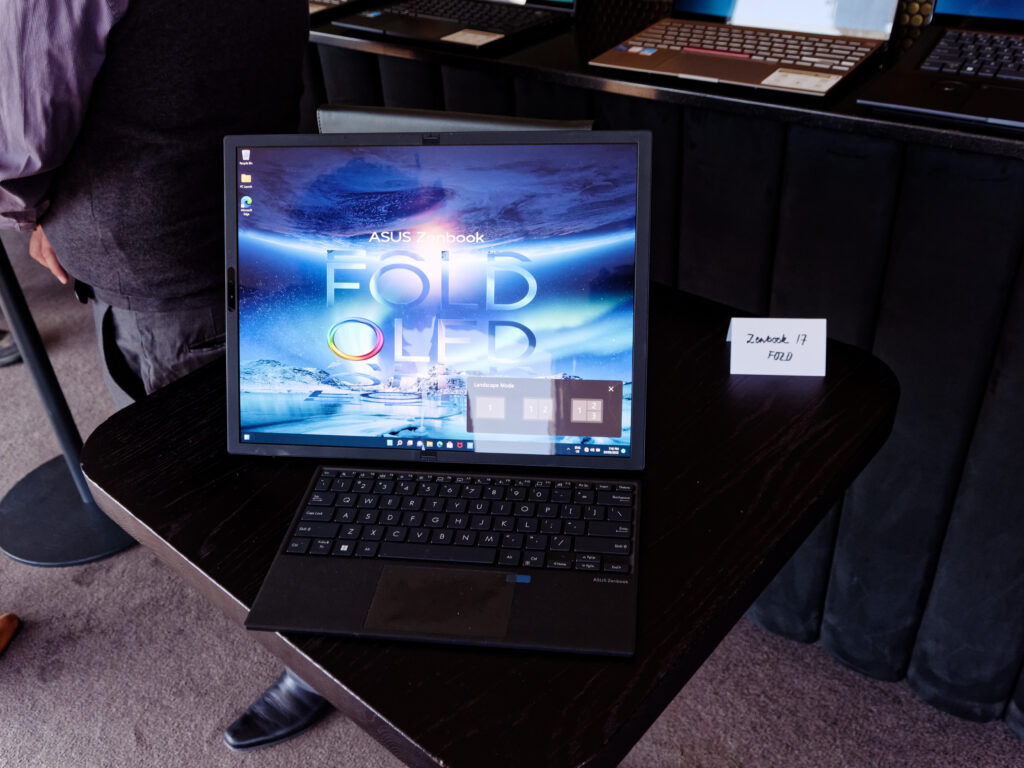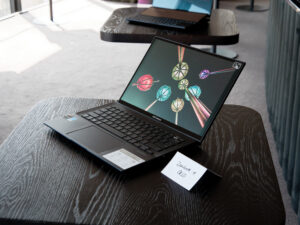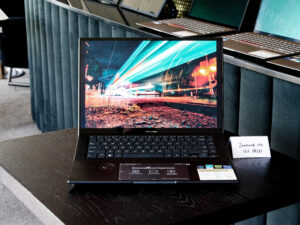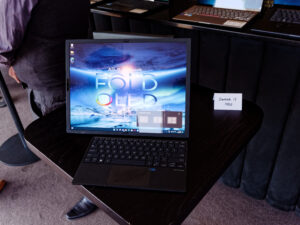Optus Mobile Review ALDI Mobile Review Amaysim Mobile Review Belong Mobile Review Circles.Life Review Vodafone Mobile Review Woolworths Mobile Review Felix Mobile Review Best iPhone Plans Best Family Mobile Plans Best Budget Smartphones Best Prepaid Plans Best SIM-Only Plans Best Plans For Kids And Teens Best Cheap Mobile Plans Telstra vs Optus Mobile Optus NBN Review Belong NBN Review Vodafone NBN Review Superloop NBN Review Aussie BB NBN Review iiNet NBN Review MyRepublic NBN Review TPG NBN Review Best NBN Satellite Plans Best NBN Alternatives Best NBN Providers Best Home Wireless Plans What is a Good NBN Speed? Test NBN Speed How to speed up your internet Optus vs Telstra Broadband ExpressVPN Review CyberGhost VPN Review NordVPN Review PureVPN Review Norton Secure VPN Review IPVanish VPN Review Windscribe VPN Review Hotspot Shield VPN Review Best cheap VPN services Best VPN for streaming Best VPNs for gaming What is a VPN? VPNs for ad-blocking The ASUS Zenbook 17 Fold OLED doesn’t have an Australian price or availability yet. However, it does have a 17.3-inch foldable screen and a set of nifty accessories that allow it to be used as a compact clamshell or a desktop-bound all-in-one depending on the situation. Folded and paired with a wireless keyboard that sits atop the lower half of the display, you could easily mistake this thing for a 12.5-inch ultrabook. The overall design here isn’t terribly different from what Lenovo is offering with the ThinkPad X1 Fold, but the inclusion of accessories that naturally complement the flexible display tech involved make for a much more tantalising prospect. After laying eyes on this one earlier in the week, I can’t stop thinking about what it could do when paired up with my eGPU. Under the hood, the ASUS Zenbook 17 Fold OLED comes armed with an Intel Core i7-1250U with Iris Xe graphics, 16GB of RAM, 1TB of SSD storage and a 75wHr battery. The screen here is noticeably glossier than non-bendable alternatives, but it does come with many of the same bells and whistles like 100% DCI-P3 colour gamut accuracy and a 0.2ms response time. The main catch here (aside from the undisclosed price tag) is that Zenbook 17 Fold OLED doesn’t give you that many ports to work with you. There’s a Thunderbolt 4 USB Type-C slot on either side and a headphone jack, but that’s it. The durability is another open-ended question. As someone who has spent a fair amount of time messing with foldable devices at this point, I will say that I found the build quality to be felt surprisingly robust at first blush. ASUS claims that the hinge on the Zenbook 17 Fold OLED is good for around 30,000 folds, but we’ll have to see how the final product fares in action. For those who want a slightly spiffier spin on this formula there’s also the Zenbook 14X Space Edition. This version of the new Zenbook 14 has the same OLED screen mentioned before, but ASUS is adding to the overall appeal with a reworked and unique design that incorporates a 3.5-inch OLED companion display similar to the cover display found on Samsung Galaxy Z Flip 4. Aside from the larger OLED screen, those who spring for the Zenbook 16X over the alternatives can look forward to an all-new and all-metal design, plus the same 12th Generation Intel silicon seen elsewhere. Compared to big-screen Zenbooks of the past, there’s also per-key backlighting and a bundle of thermal tweaks that ASUS is branding the Active Aerodynamic System Ultra. Finally, there’s the Zenbook Pro 14 Duo OLED. ASUS’ semi-iconic dual-screened device is back for another round, with the refreshed model boasting a better screen and more powerful specs than the last. While the unique design means that it’s unlikely to be the right for everyone, the high-end specs here are sure to inspire a bit of envy regardless. The 2022 Zenbook Pro 14 Duo comes kitted out with a 14-inch 2.8K HDR touch display (clocked at a hectic 120Hz) and armed with up to a gen 12 Intel Core-i9 processor, plus an NVIDIA GeForce RTX 3050 Ti GPU.
